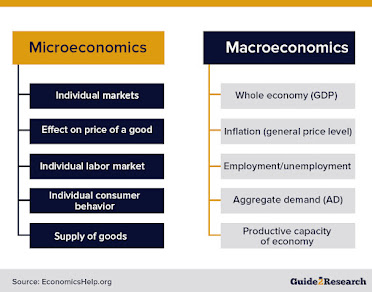Banking history
Modern
banking in India originated in the last decade of the 18th century. Among the
first banks were the Bank of Hindustan, which was established in 1770 and the
General Bank of India, established in 1786 but failed in 1791.
The
largest and the oldest bank which is still in existence is the State Bank of
India (SBI). It originated and started working as the Bank of Calcutta in
mid-June 1806. In 1809, it was renamed as the Bank of Bengal. This was one of
the three banks founded by a presidency government, the other two were the Bank
of Bombay in 1840 and the Bank of Madras in 1843. The three banks were merged
in 1921 to form the Imperial Bank of India, which upon India's independence,
became the State Bank of India in 1955.
A bank is a financial institution that
accepts deposits from the public and creates a demand deposit* while
simultaneously making loans.
At
a high level, banks are financial institutions that are certified to receive
deposits of money and provide loans that allow people to borrow money. However,
many banks offer other services as well, including financial advising and
currency exchange services.
How
bank works?
Banks
borrow money by accepting funds deposited on current accounts, by accepting
term deposits, and by issuing debt securities such as banknotes and bonds.
Banks lend money by making advances to customers on current accounts, by making
installment loans, and by investing in marketable debt securities and other
forms of money lending and generate revenue for them.
Services
offered by the bank:
·
Deposits
·
Withdrawal
·
Business
loans
·
Debit
and credit cards
·
Saving
and current account
Important Banking terms
NEFT (National Electronic Funds
Transfer)
– NEFT is an electronic means to transfer money from one bank to another or
within the same branch. Depending on the bank, NEFT charges and the minimum
amount that can be transferred may vary.
Collateral – Any security provided
to the bank in exchange for a loan is known as collateral. A collateral can be
in the form of land, gold, etc. This is called a secured loan and is less risky
than an unsecured loan for the lender. In the case of secured loans, the lender may
auction off the collateral if the borrower fails to pay off his/her loan.
RTGS – RTGS (Real-Time Gross Settlement)
is a fund transfer technology used by banks for the same bank or interbank fund
transfer. Contrasting NEFT or RTGS, transferring funds with RTGS is
instantaneous and more nominal with regard to the costs incurred.
APR – Annual Percentage Rate (APR) is
the yearly interest you earn by depositing your money into an
account. This does not take into consideration the compound interest.
Compound Interest – Simple interest is
the interest earned on a deposit. Compound interest is the interest earned on
the deposit plus the interest earned on the same deposit previously. For
example, if you’ve deposited Rs.1 lakh into a bank, and the bank promises to
pay you a 10% interest, you will earn an interest of Rs.10, 00. The next year, however, you will be receiving interest on Rs.1, 10, 000, i.e., the initial
amount deposited plus the interest earned on that amount.
Monetary Policies – This refers to the
rules and regulations that the Reserve Bank of India has put in place in order
to standardize banking procedures in the nation.
Cash Reserve Ratio (CRR) – RBI has mandated all
banks to maintain a certain percentage of the total bank deposits in cash. This
percentage with regard to the total deposits is called the cash reserve ratio.
Statutory Liquidity Ratio (SLR) – The minimum reserve
required by the bank to maintain in the form of gold is called statutory
liquidity ratio.
Types
of Banks
1.
Commercial Banks:
These banks play the most important role in modern
economic organization. Their business mainly consists of receiving deposits,
giving loans, and financing the trade of a country. They provide short-term
credit, i.e., lend money for short periods. This is their special feature.
2.
Exchange Banks:
Exchange banks finance mostly the foreign trade of a
country. Their main function is to discount, accept and collect foreign bills
of exchange. They also buy and sell foreign currencies and help businessmen to
convert their money into any foreign money they need. Their share in the
internal trade of a country is usually small. In addition, they carry on
ordinary banking business too.
3.
Industrial Banks:
There are a few industrial banks in India. But in
some other countries, notably Germany and Japan, these banks perform the
function of advancing loans to industrial undertakings. Industries require
capital for a long period for buying machinery and equipment. Industrial banks
provide this type of Mock capital. Industrial banks have a large capital of
their own. They also receive deposits for longer periods. They are thus in a
position to advance long-term loans.
4. Central Banks:
Over and above the various types of
banks mentioned above, there exists in almost all countries today a Central
Bank. It is usually controlled and quite often owned by the government
*
Terms
Demand
deposits: These are deposits in the bank that can be withdrawn on demand,
without any prior notice.
Source:
https://www.economicsdiscussion.net/banks/7-important-types-of-banks-discussed/1879
Definitions source:
https://www.bankbazaar.com/home-loan/important-banking-related-terms.html






